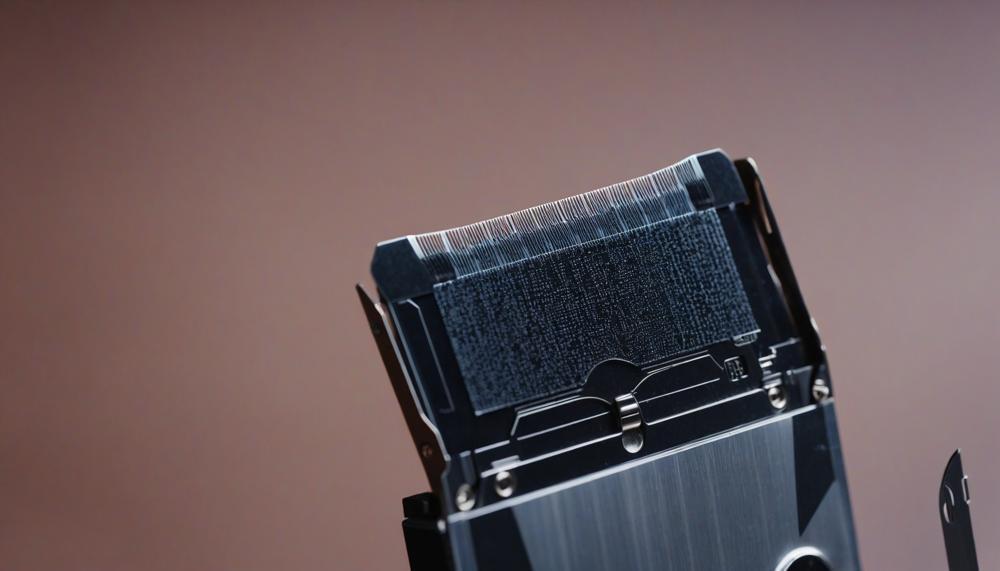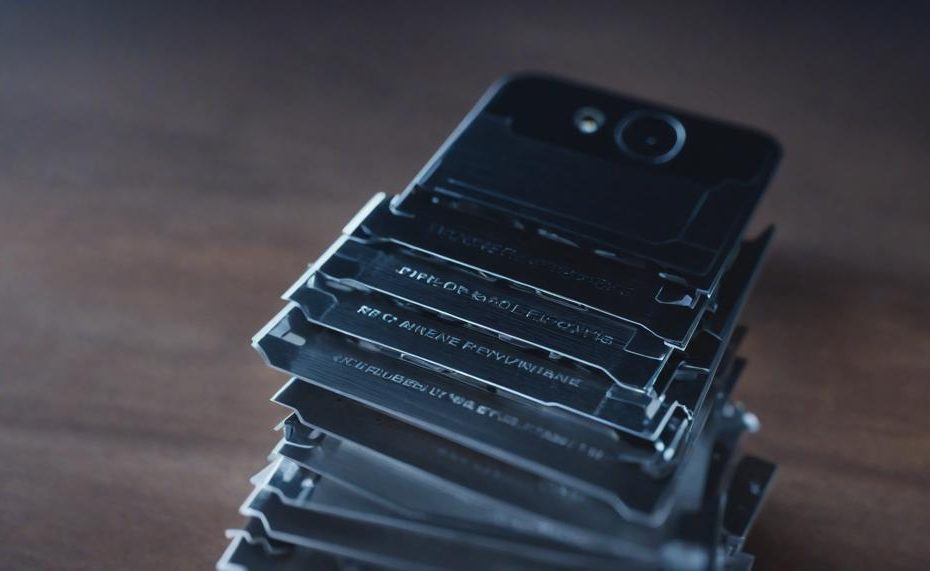Every year, an astonishing 2 billion disposable razors find their way into landfills, contributing significantly to environmental pollution. This staggering figure highlights a crucial issue: the need for proper disposal of razor blades. Not only does improper disposal pose a risk to sanitation workers, but it also impacts the environment negatively.
Many people are unaware that wrapping old blades in tape and toilet paper before tossing them in the trash isn’t safe or sustainable.
Here’s what you need to know to dispose of razor blades responsibly:
- Avoid Throwing Blades Directly in the Trash: This common practice can lead to injuries for sanitation workers and environmental hazards.
- Explore Recycling Options: Companies like Leaf Shave and Albatross Designs provide specialized programs to recycle used blades safely.
- Use Sharps Collection Containers: These containers are a safe option, though not always geared towards recycling.
- Consider Metal Blade Safes: Some municipalities offer curbside recycling for metal blade safes or tins.
- Seek Alternative Disposal Methods: Since many modern disposable razors aren’t designed for recycling, finding other disposal solutions is crucial.
Proper disposal of razor blades isn’t just a matter of personal responsibility; it’s a step towards safeguarding our environment and community health. Let’s take action and make a difference today.
Contents
Why you should recycle razor blades
Recycling razor blades is pivotal for the environment and our communities for several reasons. Here’s why:
| Environmental Impact | Community Safety | Sustainability |
| Razor blades take approximately 1,000 years to decompose. Recycling them helps reduce the growing waste crisis in landfills. | Properly disposing of razor blades prevents injuries to sanitation workers and others who handle waste. | Recycling blades conserves resources by recovering valuable metals like steel, reducing the need for virgin materials. |
| Recycled steel from blades can be used in new products, decreasing the demand for mining and reducing ecological damage. | Using sealed containers or blade banks for disposal ensures that blades are safely managed until they are recycled. | Switching to more sustainable shaving options, like safety razors with recyclable blades, further minimizes environmental harm. |
Non-medical razor blades, when recycled correctly, contribute to a healthier planet by curbing pollution and conserving natural resources. Each year, billions of disposable razors end up in landfills, exacerbating pollution. By recycling, we not only reduce waste but also prevent harmful substances from leaching into the soil and water.
For community safety, improper disposal of blades poses a significant risk. Sanitation workers and others are at risk of cuts and infections from sharp blades thrown loosely in the trash. Recycling programs, whether through local centers or private institutions like Leaf Shave and Albatross Designs, provide safer disposal methods that protect everyone involved in the waste management process.
Lastly, sustainability is a crucial aspect. Recycling razor blades supports a circular economy, where materials are continually reused rather than discarded. This practice not only helps in reducing the carbon footprint associated with new blade production but also promotes the use of more sustainable shaving alternatives, like safety razors, that have a lower environmental impact.

In conclusion, the act of recycling razor blades is a small yet significant step towards environmental stewardship and community well-being.
How to recycle razor blades
Properly recycling razor blades is crucial for environmental protection and safe disposal. Here’s how to do it effectively:
Collect Used Blades Safely
Use a dedicated container, such as a blade disposal tin or a metal container with a secure lid, to store used blades. This prevents injury and keeps the blades contained until you have enough to recycle.
Use Recycling Programs
Several companies, like Leaf Shave and Albatross Designs, offer mail-back programs for used blades. You can collect the blades and send them back to the company for proper recycling.
Local Recycling Centers
Check with local recycling centers to see if they accept metal razor blades. Ensure the blades are safely stored in a metal container or blade bank before taking them to the center.
Use Sharps Containers
Place used razor blades in a designated sharps container, which can then be disposed of at a local drop-off point or during hazardous waste collection events. Note that while this method ensures safety, it may not always guarantee recycling.
Switch to Recyclable Alternatives
Consider switching to a safety razor. Safety razor blades are typically made of metal and can be easily recycled. The durable handle of a safety razor also reduces the need for disposable plastic razors.
Alternatives to disposable razor blades
One of the most effective ways to reduce waste in your grooming routine is by opting for eco-friendly alternatives to disposable razor blades. Here are some top choices:
| Alternative | Materials | Benefits |
| Safety Razors | Stainless steel with recyclable blades | Long-lasting, cost-effective, zero waste |
| Plastic-free Razors | Steel, bamboo, or other sustainable materials | Durable, eco-friendly, minimalistic design |
| Straight Razors | Steel, often with wooden or plastic handles | Reusable, provides a close shave, minimal waste |
| Electric Razors | Plastic and metal components | Long lifespan, no need for disposable blades |
| Sugar Waxing | Sugar, lemon juice, water | Natural ingredients, reduces razor waste, long-lasting results |
| Laser Hair Removal | Medical-grade lasers | Permanent hair reduction, eliminates need for razors |
Switching to a safety razor is one of the most popular choices among those looking to reduce waste. Made of durable materials like stainless steel, these razors only require the replacement of the metal blade, which is recyclable. Brands like Rockwell and Eco Roots offer high-quality, plastic-free options that can last a lifetime with proper care.
For those who prefer a more traditional method, straight razors are another excellent choice. These razors provide an incredibly close shave and, with proper maintenance, can be used indefinitely.
Electric razors, while still containing some plastic components, offer a long-term solution by eliminating the need for disposable blades entirely. This option can significantly cut down on waste over time.
Alternatively, consider hair removal methods like sugar waxing, which uses simple, natural ingredients and reduces the frequency of shaving, or laser hair removal, which offers a more permanent solution.
Conclusion
Disposing of razor blades properly is not just about safety; it’s about making a tangible impact on the environment. With 2 billion disposable razors ending up in landfills annually, the environmental stakes are high. Simply wrapping blades in tape or toilet paper before tossing them in the trash isn’t enough—it risks the safety of sanitation workers and does little for sustainability.
Instead, consider recycling options provided by companies like Leaf Shave and Albatross Designs, which ensure blades are processed safely. Using sharps collection containers is another viable method, though it doesn’t always guarantee recycling. Metal blade safes are an effective solution, especially in municipalities offering curbside recycling for these items.
Recycling razor blades is crucial for several reasons. Environmentally, blades can take up to 1,000 years to decompose. By recycling, we reduce landfill waste and prevent harmful substances from contaminating soil and water. Community safety is also a priority—proper disposal minimizes injury risks for sanitation workers. Furthermore, recycling conserves valuable resources like steel, supporting a circular economy and reducing the demand for new materials.
Adopting these practices not only ensures safer waste management but also contributes to a greener planet.





